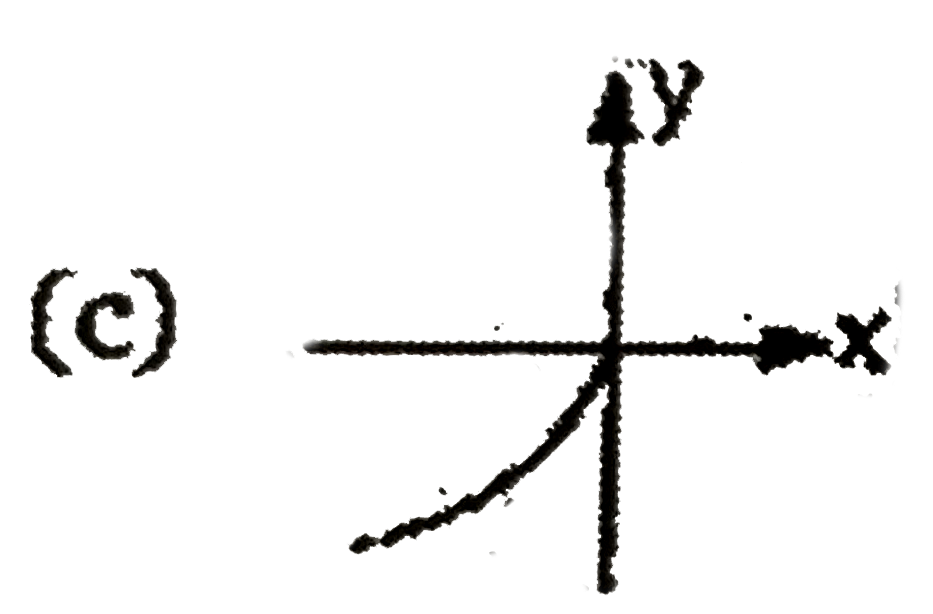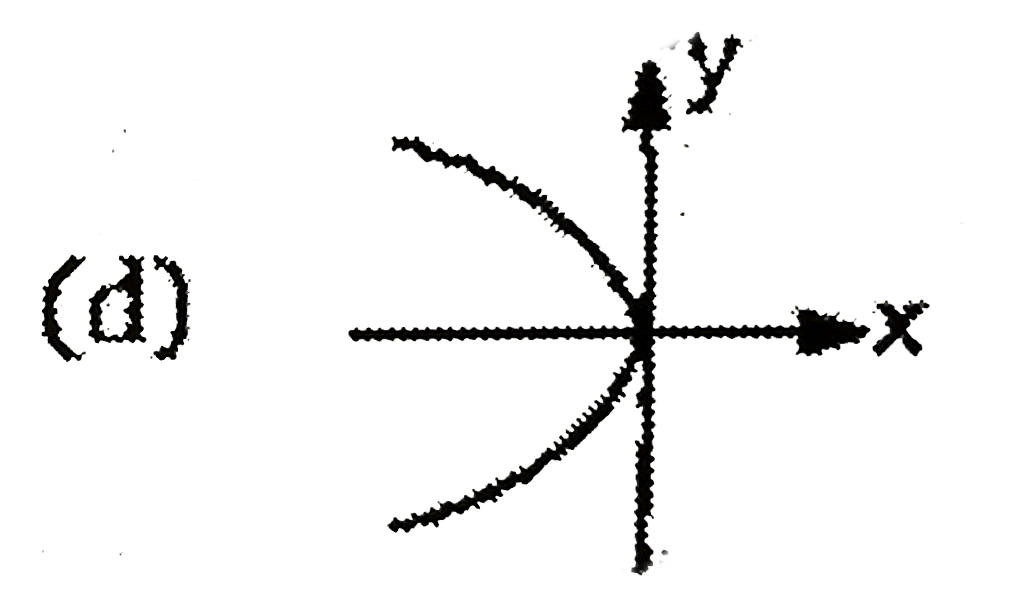Text Solution
Verified by Experts
|
Topper's Solved these Questions
MOTION IN TWO AND THREE DIMENSIONS
RESNICK AND HALLIDAY|Exercise PROBLEMS|50 VideosView PlaylistMOTION IN TWO AND THREE DIMENSIONS
RESNICK AND HALLIDAY|Exercise PRACTICE QUESTIONS (SINGLE CORRECT CHOICE TYPE)|49 VideosView PlaylistMOTION IN TWO AND THREE DIMENSIONS
RESNICK AND HALLIDAY|Exercise PRACTICE QUESTIONS (MATRIX-MATCH)|10 VideosView PlaylistMOTION ALONG A STRAIGHT LINE
RESNICK AND HALLIDAY|Exercise PRACTICE QUESTIONS ( Integer Type )|3 VideosView PlaylistOSCILLATIONS
RESNICK AND HALLIDAY|Exercise Practice Questions|57 VideosView Playlist
Similar Questions
Explore conceptually related problems
Knowledge Check
Similar Questions
Explore conceptually related problems




